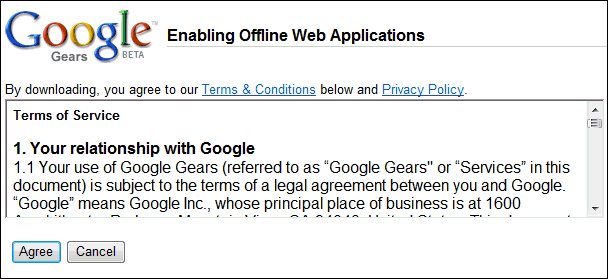Users are complaining that Adobe Creative Suite 3 simply won’t install. I’m one of them, running 32-bit Vista Professional. Pop the DVD in, click Install CS3 Web Premium, setup starts running, then silently closes. No error message, no install either.
Of course I have tried a few things. I’m not the only one struggling: the Adobe user forums are full of similar problems. Note: similar but not identical. There appear to be multiple issues, and not just on Vista but on XP as well. Here are some popular solutions:
I’ve tried the first two without success so far, on two different machines. Next stop tech support.
It looks to me as if Adobe is having Windows Installer issues. Perhaps nobody had time to read and observe the Tao of the Windows Installer. Still, I reckon Adobe could do a better job with the error logging and reporting. There are installer logs by default in \Program Files\Common Files\Adobe\Installers\, but mine have nothing helpful; no errors are reported. The Windows installer supports a detailed logging mode, but it seems difficult to enable with this particular installer. The calls to the installer itself are wrapped by some kind of Adobe package manager, and the .msi files are designed to prevent you from opening them directly.
Here’s what I get if I run setup from a command prompt:
Begin Adobe Setup
UI mode: Full GUI
End Adobe Setup. Exit code: 4
Hardly illuminating. If I do the silent mode, I get Exit code: 7 instead.
The bottom line is that I have no clue what is going wrong. Perhaps it is a campaign to promote the Mac version. I’ll keep you posted.
Update
I fixed it. First, the logging was more helpful than I realised at first. In the Installers folder mentioned above, there is a file called:
Add or Remove Adobe Creative Suite 3 Web Premium 1.0.log.gz
I’d not looked at this because I also had a file called:
Adobe Creative Suite 3 Web Premium 1.0.log
It turns out that the former is more useful than the latter. Of course it is compressed in .gz format, which Vista does not understand, but the open source 7-zip archiver takes care of that. So I extracted the log and found this entry:
DEBUG: Error 2739: Could not access JavaScript runtime for custom action Internal Error 2739.
That gave me something to troubleshoot. I soon found this article which says to re-register JScript:
regsvr32 jscript.dll
from an administrator command prompt. I was away; the setup ran fine after that.
Incidentally I did call tech support, but the techie didn’t help directly; he asked me to email the log though, and it was looking at that which gave me the answer. Now I can get on with the review…
Technorati tags: adobe, windows installer, creative suite 3, cs3, vista

